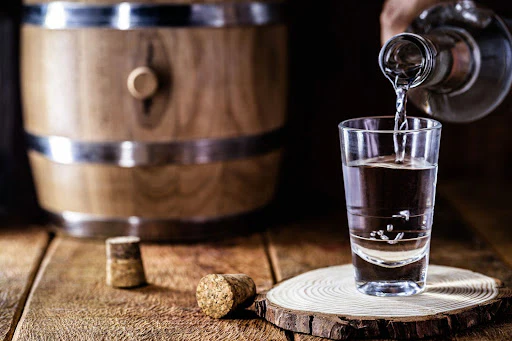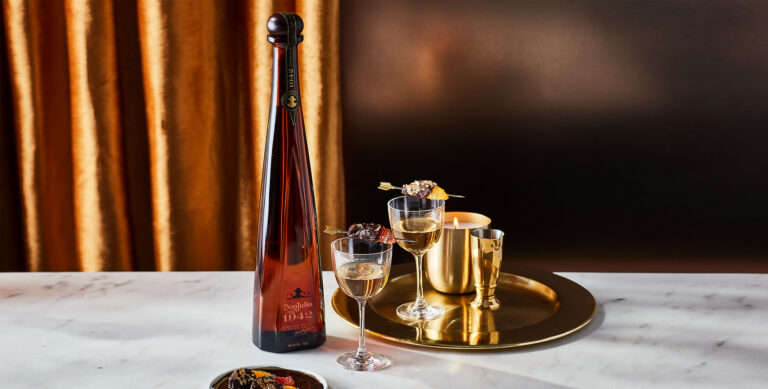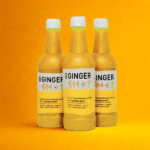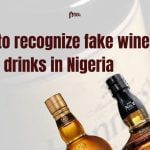Enjoy free delivery within Lagos on orders from ₦500,000 and above
Discover the true origin story of champagne and learn why Dom Pérignon, the iconic French monk, did not actually invent the bubbly drink.
While wine making has been in existence for centuries, even as far back as the 1st century, when the Romans were cultivating vines and making wine, the brand of wine we today refer to as Champagne because of its sparkling, bubbly nature was a product of a serendipitous accident.
It was like a mistake beyond amendment that a tailor had to convince the owner of the clothes that it was the new style in town, which eventually got copied by other tailors.
The area of France known today as the Champagne region had been a popular wine making region for centuries through the Romans, but that region had a challenge of geography.
It used to have very inclement freezing winters which invariably affects the fermentation process in a negative way because very cold temperatures would halt the fermentation process.
But as summer knocks on the door, the warmer temperatures would warm up the bottles leading to a secondary fermentation inside the bottle.
This secondary fermentation would cause a buildup of carbon dioxide bubbles inside the wine. These bubbles create that fizzy texture that Champagnes are well known for. And oftentimes this development would lead to the explosion of the bottles.
The French wine makers, lacking in knowledge of the Chemistry that took place in the bottles refer to the phenomenon as “Le vin du diable” meaning “the devil’s wine”.
Many wine makers stoped producing wines with the Champagne characteristics because they say it would negatively affect their integrity, and painting them as people who are not given to rigors and excellence required in top class wine making.
But one man’s poison is another man’s meat. Thus some people started loving the bubbles, and the pop explosion it makes whenever it is opened.
Even some elites and royalties started using it the pop to welcome special guests. The fire caught on….but there was still the problem on how to prevent the bottles from exploding.
That was when Dom Perignon, a French monk and cellar master came in, first by trying to solve the problem which many believed was a defective bubble. Many refer to him as the Father of Champagne because of his pioneering inventions but is he?
Let us look at his inventions first.
He first made Champagne out of black grape varieties, including pinot noir, the key grape varieties that are still used today. He created the traditional second fermentation process, or méthode champenoise.
And to stop wine bottled from exploding, he introduced the use of corks made with hemp. It was later that the French inventor, Adolphe Jacquesson came up with the muselet wire cage which is still in use today to seal the bottles more securely.
So whenever you are opening your wine bottle, and asking yourself why they use wire on the corks to seal it, this is the history.
But historians claim that in 1662, Christopher Merrett, an English scientist, physician, and metallurgist submitted a paper to the British Royal Society.
The paper was the first official document explaining the process of making carbonated wine. Merrett described an English wine that was fortified with sugar and molasses that created a lovely bubbly texture.
And he used much heavier, sturdier wine bottles to prevent explosions and were much more successful in storing the sparkling wine.
Champagne which was invented accidentally and considered faulty by winemakers, survived that tag, and became the darling of European royalty. It was the popularity of this new “wine of the devil” that led to the establishment of famous Champagne cellars in France.
Ruinart was first to open its cellar doors in 1729, with Taittinger following in 1734. Moet opened soon after in 1743, Lanson opened in 1760, Louis Roederer in 1770, Veuve Clicquot in 1772 and Heidsieck in 1785.
Looking to Order Drinks Online?
Naija Liquor is the best and most trusted Nigerian-quality online liquor store. We focus on premium spirits and wines only from accredited importers. We source our products from accredited importers, distributors, and manufacturers, making Naija Liquor the best platform to buy spirit drinks and wines in Lagos, Ibadan, and Ogun State. Naija Liquor is the most trusted Nigerian online distributor of premium spirits and wines. Its the best site to buy wines and premium liquor. Click here to visit our online store and place an order now.


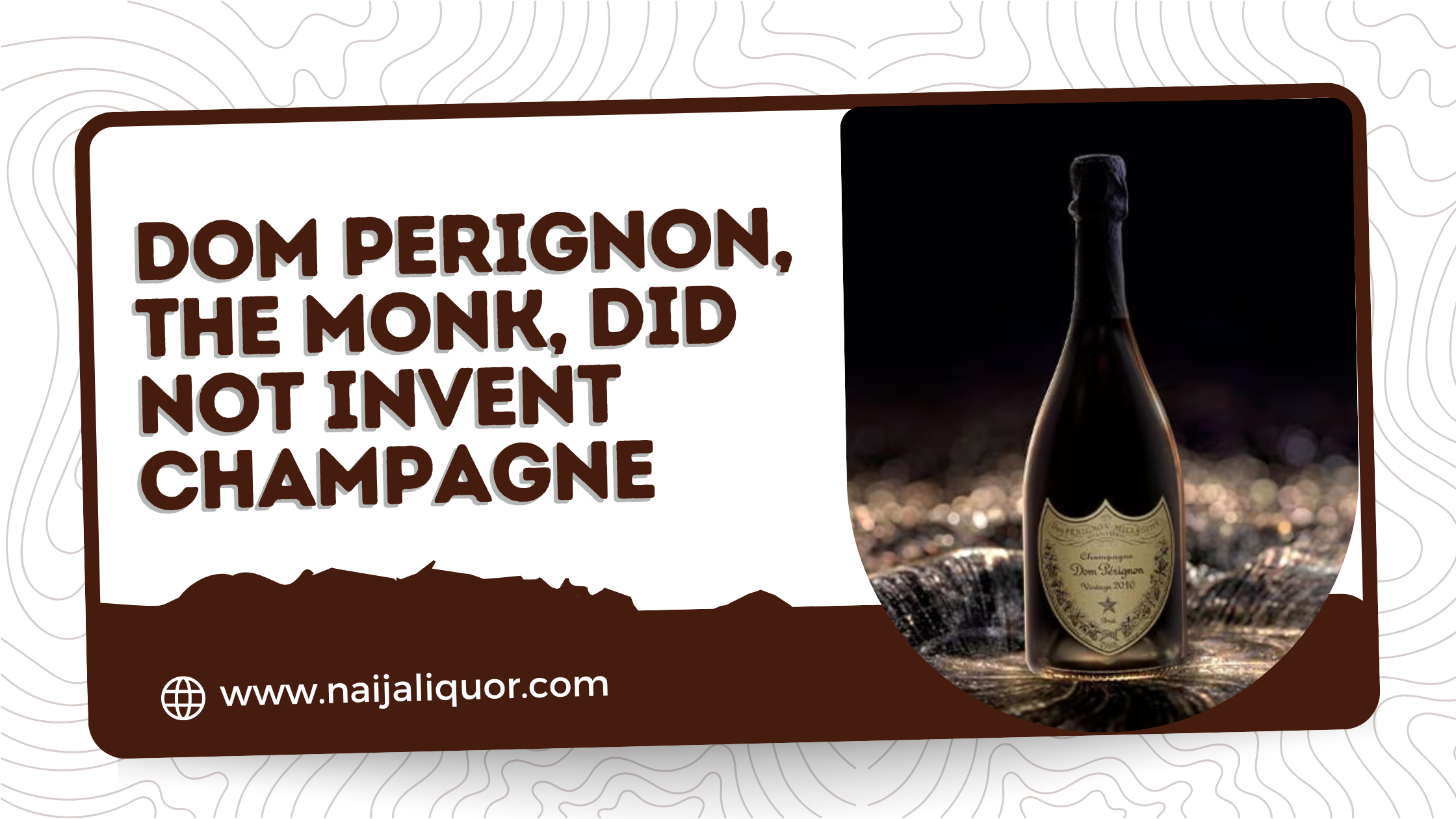
![Dom Perignon, The Monk, Did Not Invent Champagne [by Kelechi Deca] | Naija Liquor Dom Perignon Brut Luminous](https://naijaliquor.com/wp-content/smush-webp/2023/05/Dom-Perignon-Brut-Luminous-430x430.png.webp)
